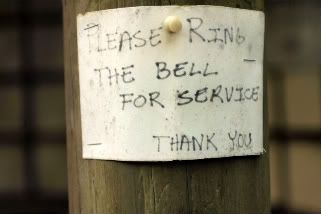
The story of Western Hills can’t be fully told by an outsider, of course, so this will in no way be an attempt at a complete history. The former nursery and now endangered 3-acre garden have woven through Northern Californian garden history and the careers and fortunes of San Francisco Bay Area designers for the last 50 years.
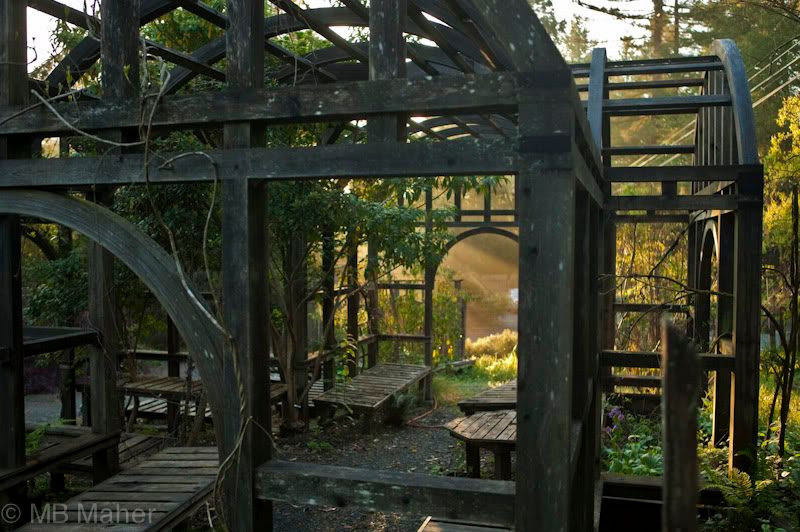
Indeed, at its peak, obsessive gardeners from all over the world traveled here. I merely made biannual pilgrimages from Southern California beginning in the early 1980’s, armed with notebooks and plant lists, never drumming up the nerve to speak to its owners, Lester Hawkins and Marshall Olbrich, who I’d often see on the pathways absorbed in giving tours to the impassioned gardeners that found their way to this remote garden in the hills of Occidental, California, seemingly as far west as is possible to venture without falling into the ocean. Bodega Bay, immortalized in Hitchcock’s The Birds, is just a few miles to the west.
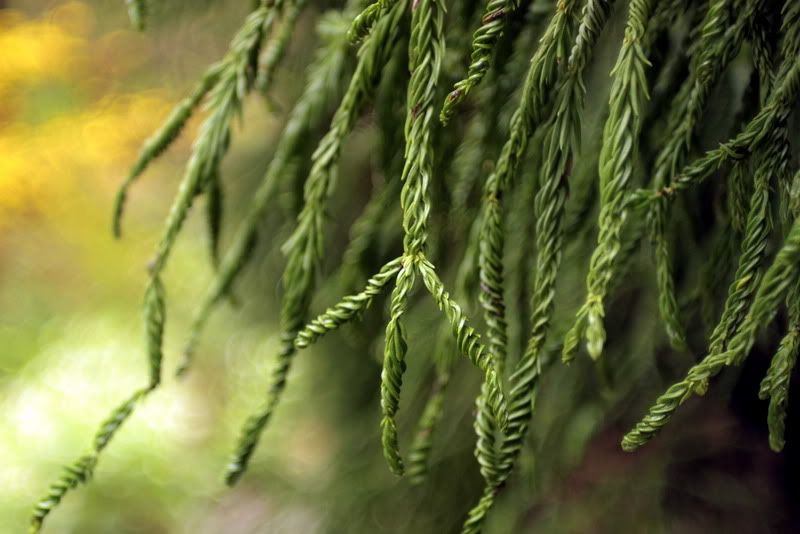
When the pursuit of plants was still an adventure and not a mouse click, when one smuggled plants in suitcases from Europe because there was no U.S. source — a time hard to imagine, before Heronswood, Plant Delights, before the Internet — in this barren horticultural landscape the rare plants nursery at Western Hills became the beacon that guided me to a fecund world brimming over with a stunning riches of plant wealth, a world I returned to again and again for over 20 years.
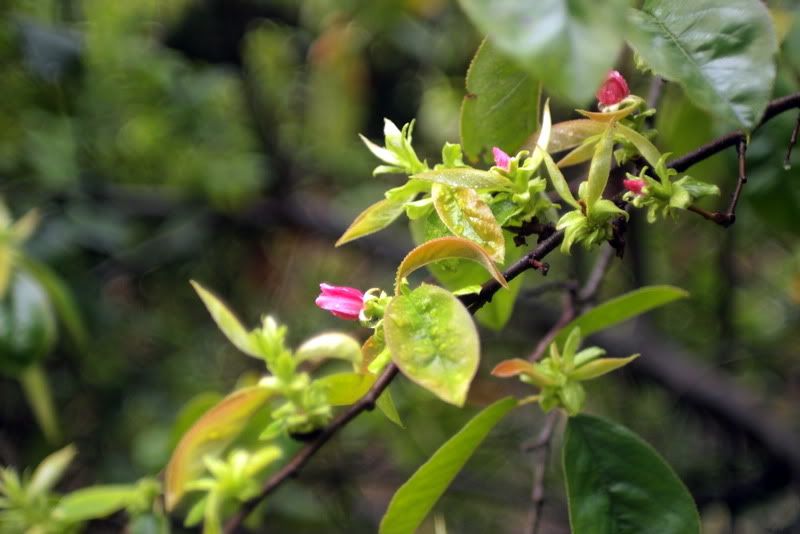
Like all lost worlds, it’s nearly impossible to imagine a time when, for example, now-common plants like diascias, euphorbias and penstemons were rarities unavailable in U.S. commerce, only written of in English garden books. These were plants eminently suitable for my zone 10 garden but frustratingly out of reach.
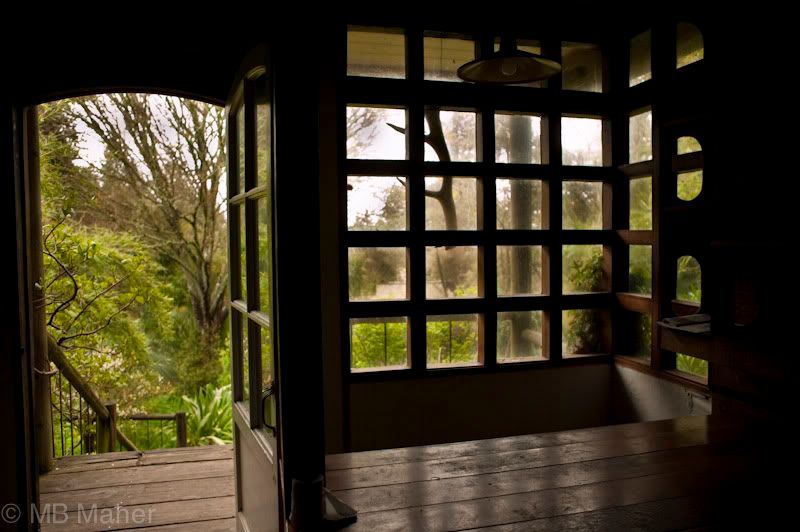
It was this kind of plant, perfectly adapted for use in my garden in the Mediterranean climate of Los Angeles, that I brought home by the dozens from Western Hills Nursery in the trunk of the car, spilling over into the back seat, occasionally tied to the roof of the car, or on the floor between our feet.
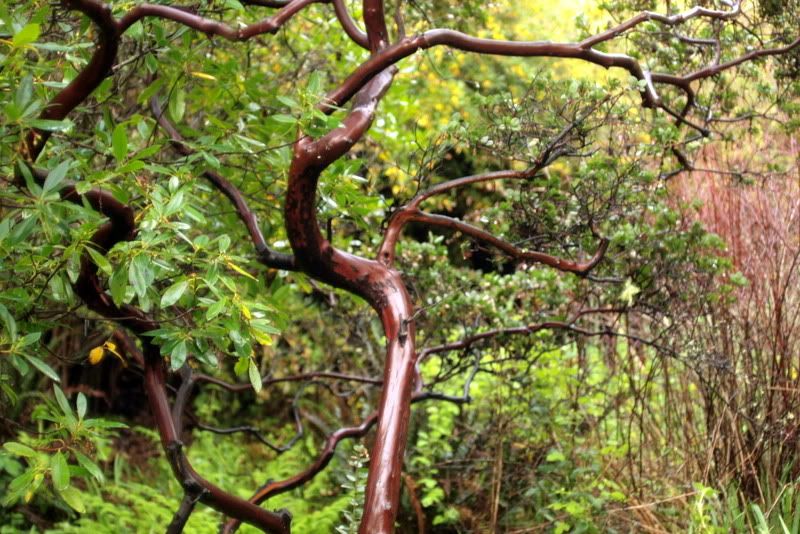
What I was mostly oblivious to, however, largely because I had no place for them in my small garden, were the woody shrubs and trees that were being carefully selected and placed in the garden at Western Hills, inspired by the natural planting styles espoused by such horticulturalists as the 19th Century’s William Robinson.
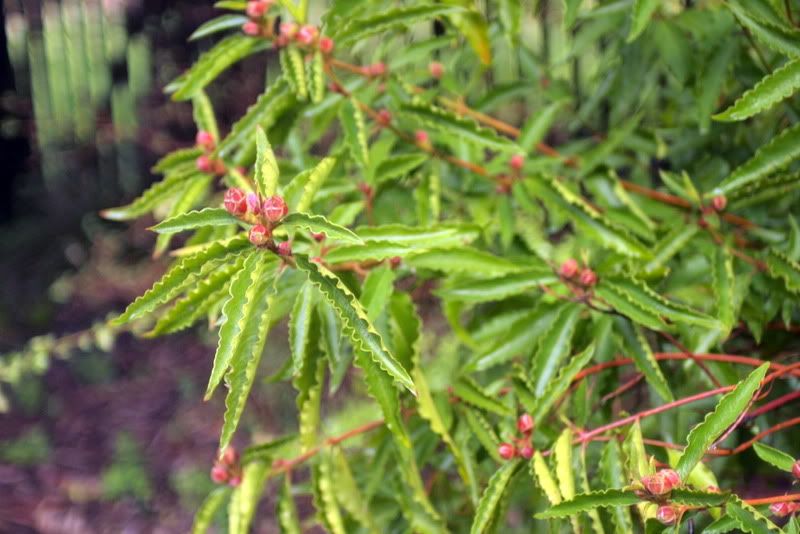
The garden at Western Hills (USDA Zone 8, Sunset Zone 14/15/) slowly evolved over the decades of my visits, and as I walked its paths so many years ago, scouring the understories of its trees and shrubs for the next perennial or subshrub to shoehorn into my garden, I often neglected to bring my gaze upward. It seemed only just last week, wandering its abandoned paths in stunned amazement, did I truly apprehend the full scope of their horticultural ambitions.
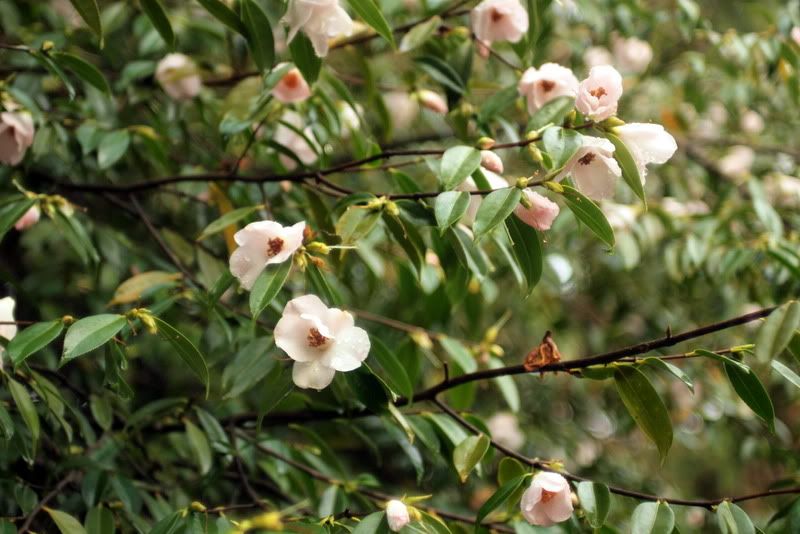
Like all good plantsmen, Hawkins and Olbrich were steeped in the garden writers and makers of the past, absorbed their principles, then added their own unique adaptations, tempered by their own character, time, and place.
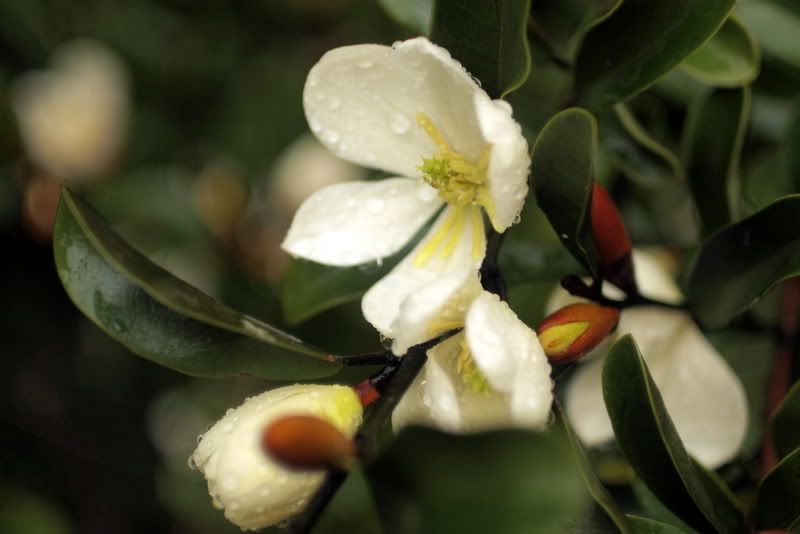
Ahead of its time, the garden today now has a sleepy, magical quality. You will not find intricate hardscape or elaborately paved sitting areas, just simple tracks through an astonishing array of plants, from spring bulbs of the tiniest stature, up through shrubs of infinite variety of leaf, flower and berry, and now the mature canopy of rare trees, many of which have required the assistance of an arborist to identify.
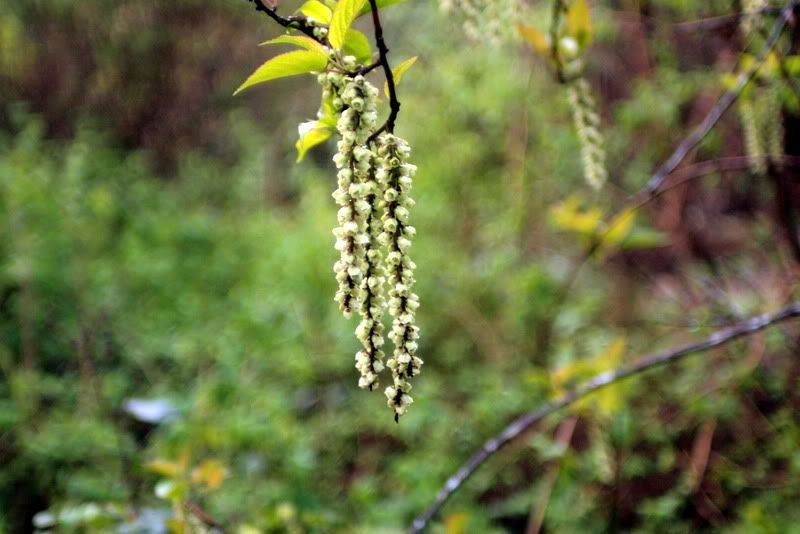
This timeless garden is literally poised at the edge of oblivion, of being wiped from horticultural memory.

If there is such a thing as perfect horticultural pitch, Hawkins and Olbrich were blessed with it. The complex perennial plantings they loved to engineer have not entirely survived the neglect, as is naturally the case with detailed perennial plantings, which need constant thinning and rejuvenation, but what remains has a purity of purpose, creating broad, rich carpets of tough and adaptive plants like phormium, astelia, phlomis, furcraea, eryngiums, echium, gunnera, linaria, hellebores, geraniums, lychnis, pulmonarias, symphytums, myosotis, lamium, ferns of all kinds, dicentra, euphorbias. It is an outdoor master horticultural class, espousing and vivifying the axiom “right plant, right place.”
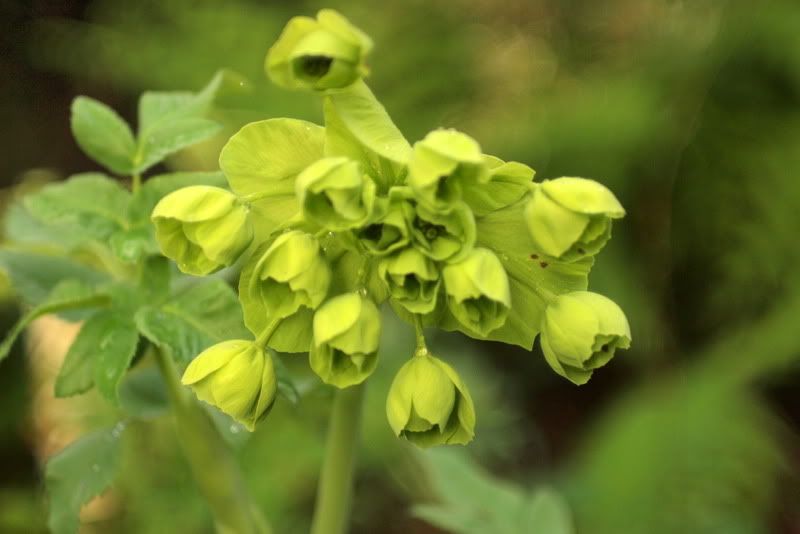
In the face of such horticultural zeal, three acres was woefully inadequate, and the mature garden now needs careful editing and pruning to keep sight lines clear and growing conditions ideal.
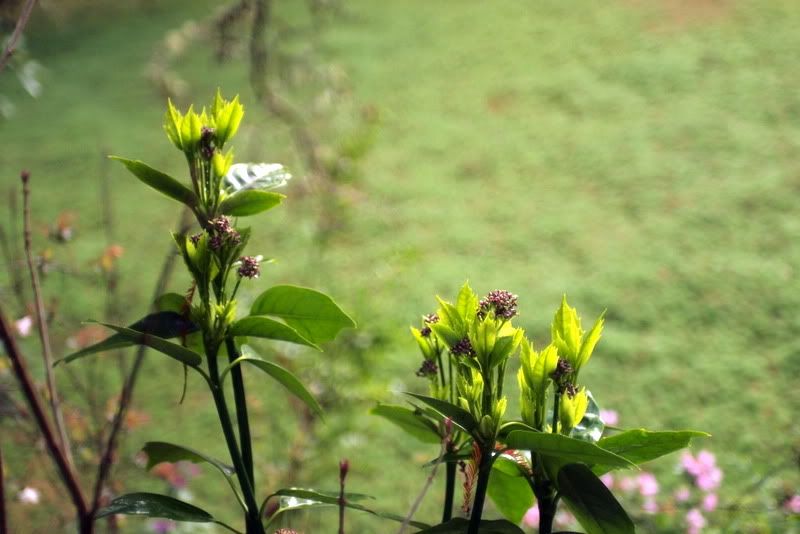
After the deaths of Hawkins and Olbrich, the nursery and garden were bequeathed to and run by nursery associate Maggie Wych in 1991 and then sold in 2006. The new owners Robert Stansel and Joseph Gatta, had ambitious plans to maintain and preserve the garden and reopen the nursery, but due to the recession have had to make the painful decision to allow the property to lapse into foreclosure.
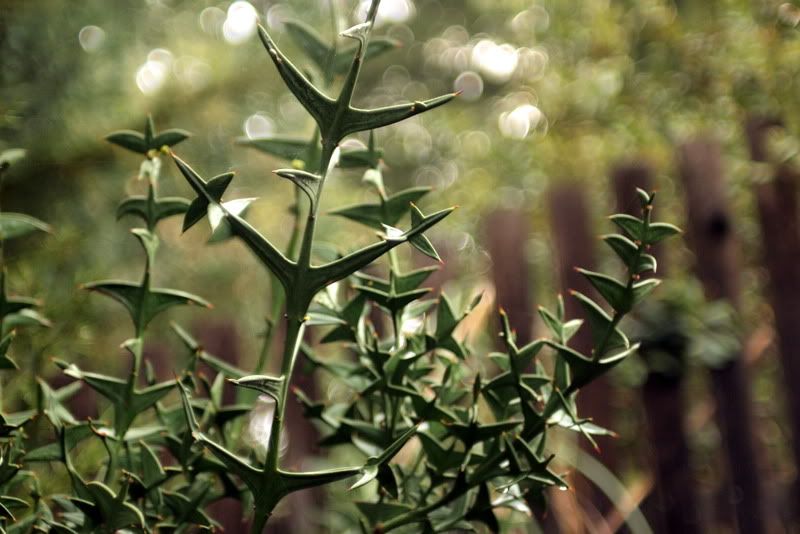
In its present mature state, the garden would seem to represent a maintenance challenge far beyond the abilities of a single owner, and a consortium is contemplated as a solution. The Garden Conservancy is compiling a photographic record of the garden and hoping to ensure its “long-term preservation.” MB Maher and I were at Western Hills in the early, slightly rainy morning of March 26, 2010, to add to the photographic record.
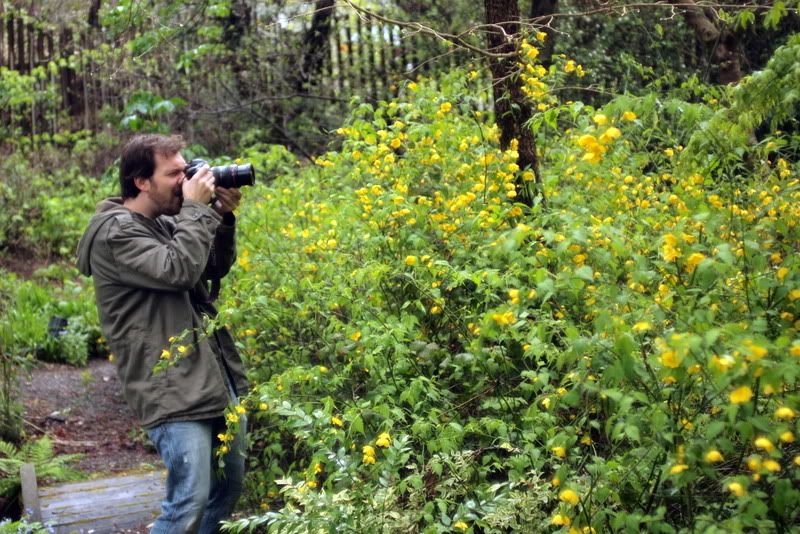
The Garden Conservancy has put together a rich history of Western Hills on its website, with links to newspaper articles and also the horticultural essays written by Lester Hawkins for Pacific Horticulture. Like those they admired and whose writings they absorbed, including Messrs. Robinson, E. A. Bowles, and Graham Stuart Thomas, we can add the names of Lester Hawkins and Marshall Olbrich to the pantheon of horticulturists still relevant to us today. Their legacy is not in doubt. If only their beloved and astounding garden can be preserved as well.
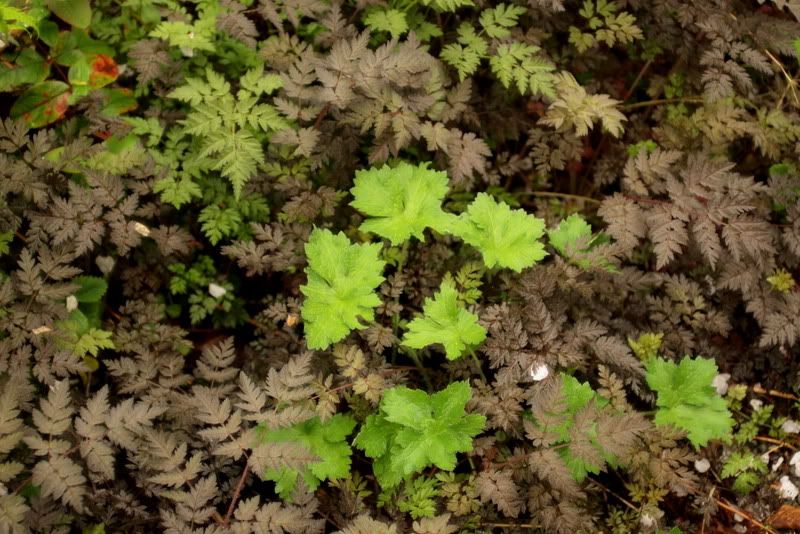
Warm thanks to Robert Stansel (who identified this camellia as ‘Dark Knight’).

Postscript to the nursery’s future under new owners here.
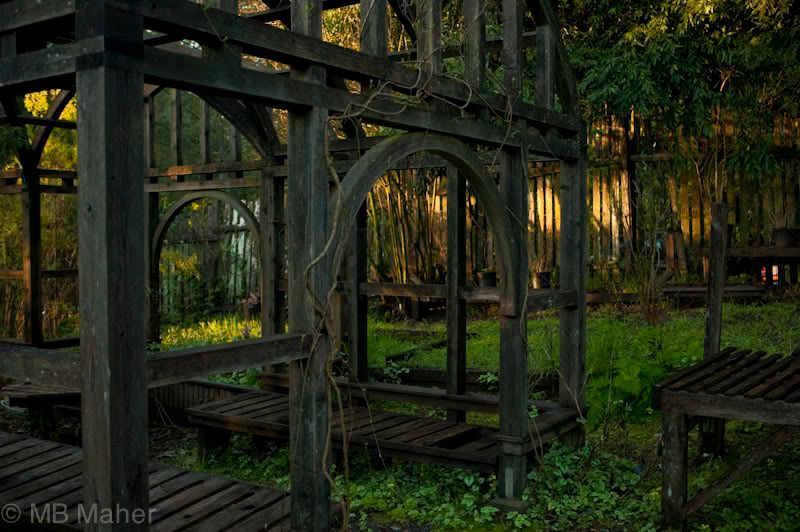

What a beautifully written and haunting post! As a relative youngster in the West Coast gardening scene, it is surprising to hear of all the plants that were so unavailable just two decades ago. I do regret not driving straight up to Western Hills when I first heard about it years ago. I believe Hawkins and Olbrich were there at the time. And I’m longing to see it now before it is too late.
Thanks, Kelly. I really urge you to contact the Garden Conservancy and/or Robert Stansel so you can go this spring with your camera. The more people know about and see photos of WH, the better the chances are for conservation.
What a beautiful article.
I have worked at a nursery in Napa county for over 20 years and discovered Western Hills shortly before Marshall died. For many years monthly trips over there were the highlights in my life…hours spent wandering the gardens, reading the handwritten pots and discovering so many treasures the ‘regular’ nursery didnt have. I really enjoyed Maggie too.
We recently got a Deutzia in stock that I have had in my yard for 13 years, proudly brought home in a 4 inch pot from Western Hills. Now it is widely available. I dont think most gardeners realize how many rare plants have become place thanks to Lester, Marshall, Maggie and their awesome assistants.
I havent been over there since the nursery changed hands, I dont know why…maybe life has gotten in the way and maybe the fear of seeing it changed also.
These pictures, esp. the stacked pots and empty benches just break my heart and sadden me deep in side. I feel a great loss for horticulture.
I have not been to Western Hills since Maggie sold it. It is an amazing space and was always a great place for me to be inspired. It does make me very sad to see the empty tables. I believe the camellia in the photo to be C. ‘Night Rider’.
Tina, thank you for your lovely comments.
Robert, thanks so much for commenting and for the ID on the camellia. I hope we get an update soon from the Garden Conservancy on the property’s status.
I was greatly saddened to read this article regarding Western Hills. Living in England the news has taken some time to reach me but I would take this opportunity to mention a little more of Marshall Olbrich.
I met Marshall on one of his “Plant and Garden” trips to England during the late seventies. We subsequently exchanged plants for a number of years after that and many plants in cultivation in England owe their presence to Marshall’s generosity. One example is Imperata cylindrica ‘Rubra’, unknown in England at the time. It caused quite a stir and after a few years it was hijacked and renamed ‘Red Baron’ by a large nursery.
I visited Marshall in 1984 and I remember one evening in his house, sharing cocktails, he made an interesting and haunting statement.
“Nurseries are like stars in the sky, they gradually get brighter, twinkle and then go out” he said. It is with a sinking heart we have to witness this darkness although Western Hills still shines in many a head around the world.
Allan Robinson, Sutton Bridge, England.
Western Hills is the most magical garden I was ever in. Used to go there several times a year and just soak in every view as you turned and observed. Have not gone back since Maggie sold it. Miss it very much.
As the new owners of Western Hills Garden (as of July 2010), we feel a strong sense of responsibility to restore the garden. As you so beautifully documented, the garden was almost lost during foreclosure — a dedicated group of volunteers kept it going. We have made a lot of progress, but there is a lot to do. We have now been officially designated a “preservation assistance garden” by the Garden Conservancy. While we are not yet open to the public, we are hosting a few private tours and continue to solicit volunteers — go to http://www.Western HillsGarden.com for more information.
Tim, thanks so much for writing and providing the link. Sounds like WH is again in good hands.
Incredible story there. What happened after? Take care!
The story appears to be getting happier all the time: Western Hills has been substantially renovated and is now regularly open to visitors. Best place to follow events since 2010 is at http://westernhillsgarden.com/mediacoverage.html
There is a special, haunting magic to these pictures from the garden’s most uncertain period. Thanks to you and M.B. for responding to the call to preserve it; the place really speaks through your images.